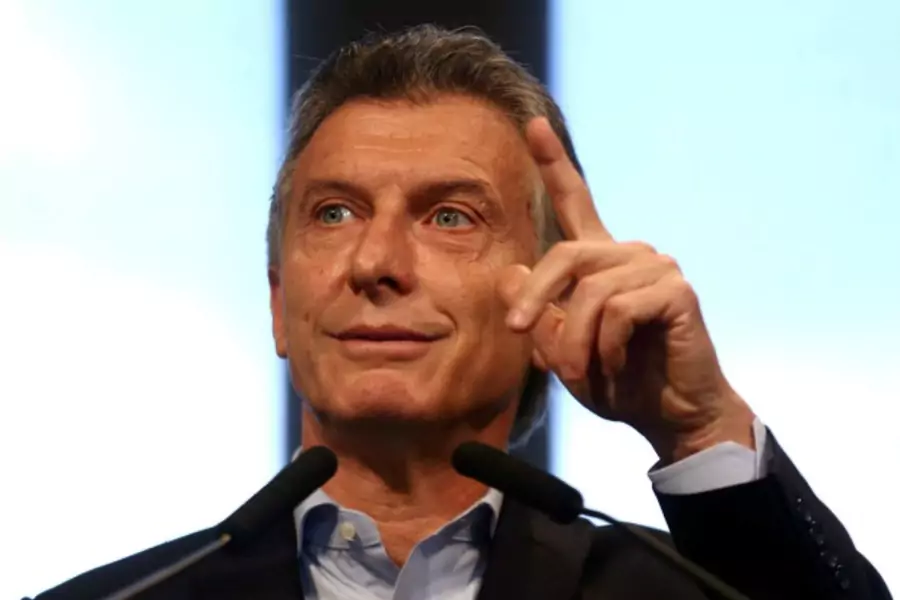Why Argentina’s Macri Could Have a Rockier Year in 2017

More on:
Argentine President Mauricio Macri and his team can take a bow for their first year in office. Despite Macri’s outsider status and his party’s limited influence in the Congress, he in short order took on the country’s biggest economic distortions—unifying the exchange rate, resolving the fight with international creditors, cutting energy subsidies, reestablishing credible statistics, and eliminating a whole host of tariffs, quotas, and export licenses.
Now comes the harder part. Macri needs to capitalize on continuing international investor and domestic Argentine support to push through more fundamental changes, restructuring the state and the economy to enable longer-term sustainable growth. In order to accomplish these weighty goals, Macri must not only stay the economic course set during his first year, but also double down and take on Argentina’s outsized reliance on public spending.
The rewards from Macri’s exertions are just beginning, as at least some economic indicators are finally turning in Argentina’s favor. Inflation is falling, recession is slowing, and some sectors—agriculture, real estate, and construction in the capital city—are on the rebound. These beginnings of a turnaround will make it easier for Macri to continue taking measures to open up the economy.
View full text of article, originally published in Fortune.
More on:
 Online Store
Online Store